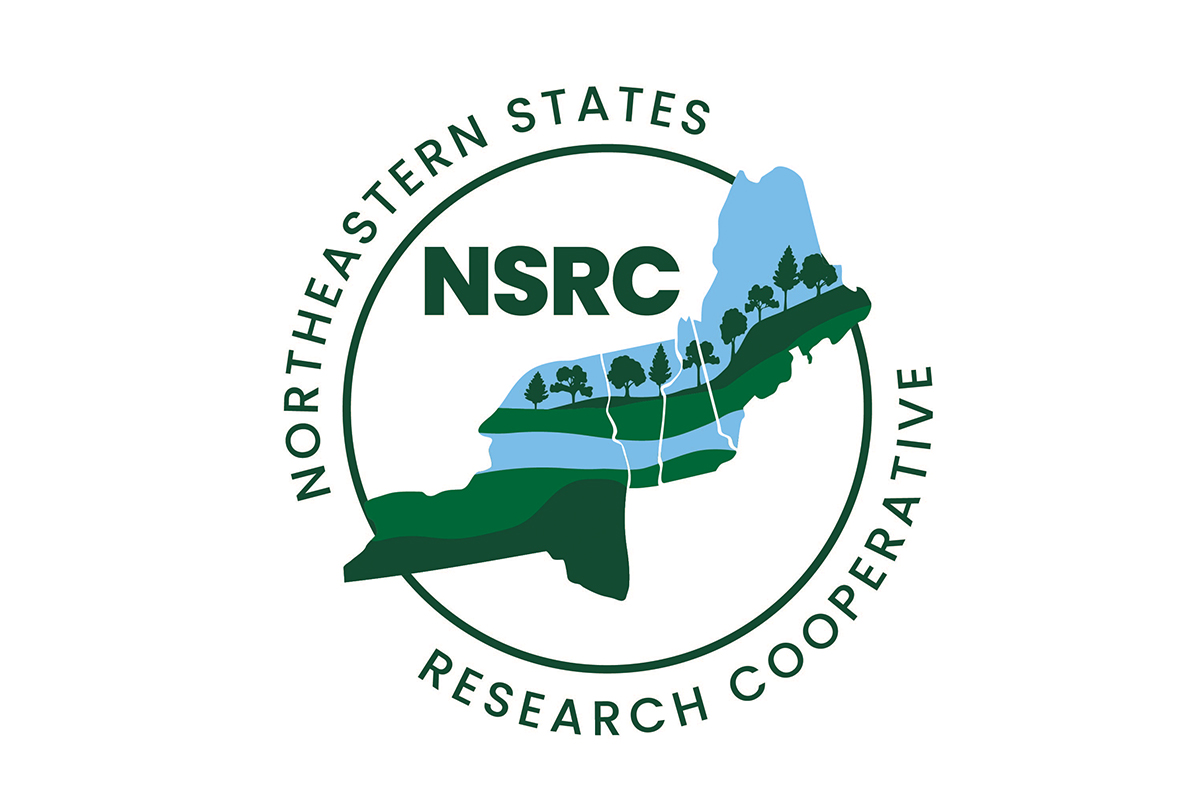
Mapping Canopy Height Model and Aboveground Biomass of Northeastern Forests
Principal Investigator: Bahram Salehi , SUNY–ESF
Forests are recognized for their multiple benefits and values, including their role as natural climate solutions, as habitat for terrestrial biodiversity, and as providers of clean water, air, and wood products, feedstock for bioenergy and biomaterials, and diverse recreational and educational opportunities. Quantifying and frequently monitoring changes in forest canopy height models (CHMs) and aboveground biomass (AGB) are essential for assessing, managing, and conserving forests, addressing climate change, carbon, and energy issues, and ensuring the sustainable use of forest resources. Although the Northern Forest is more extensively forested now than it has been in several generations, forest landscapes face many novel stressors and drivers of change. This necessitates a consistent, standard, and cost-efficient way to study the current state and monitor the changes of forest landscapes across the Northeastern Forests (NF).
Building upon our recent progress in generating high-resolution forest structure and biomass products for New York State using remote sensing technology, this project’s goal is to extend these capabilities to encompass the entire NF region. Specifically, our goal is to create annual wall-to-wall CHM and AGB maps at 25-meter spatial resolution, covering the entirety of the NF regions including New York, Vermont, New Hampshire, and Maine. This effort is conducted in close collaboration with the U.S. Forest Service and stakeholders from the broader NF region. Our approach capitalizes on a fusion of data from a range of Earth observation instruments, including publicly available spaceborne optical, radar, and lidar sensors. These data are harnessed through advanced machine learning techniques calibrated and validated on several pilot sites across NF region using airborne lidar data and forest plot measurements.
The output of this research is annual maps of CHM and AGB for 2024, 2025, and 2026 along with the machine learning tools to support creation of these maps in the future. The maps will provide a consistent, standardized, and reliable database of forest structure and biomass across the entirety of NF region on an annual basis, which are not only useful for studying the current state of forests, but also helps practitioners and decision makers to understand the changes and to predict and respond to those changes. This research proposal aligns with the first three NSRC focus areas including the State of Forest, Measuring and Quantifying Impacts, and Developing Tools for Response. The research will provide direct support for pressing concerns related to climate change, forest carbon accounting, and the implementation of forest-based natural climate solutions. Additionally, it addresses issues pertaining to land use, sustainable forestry, and forest fragmentation as well as biodiversity and connectivity.